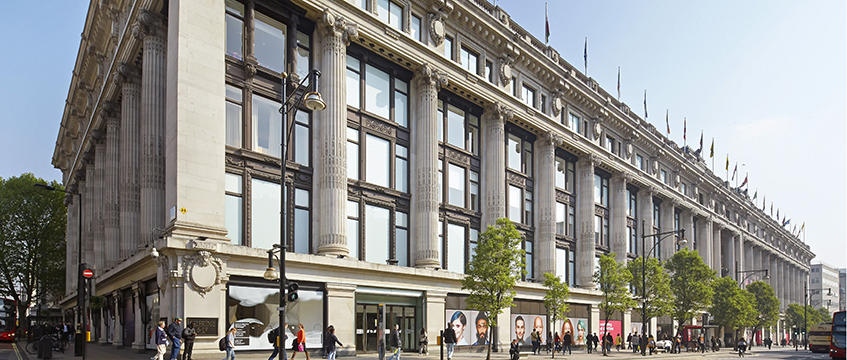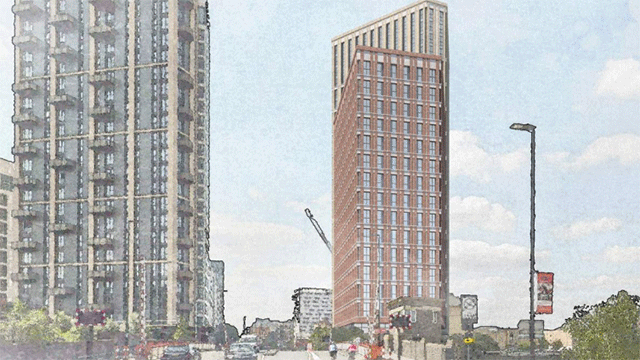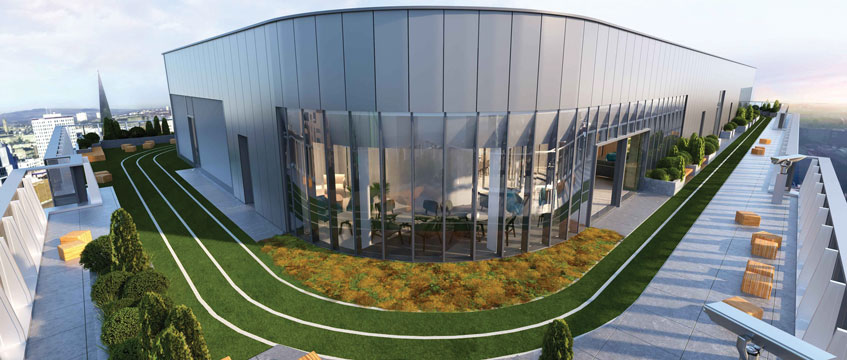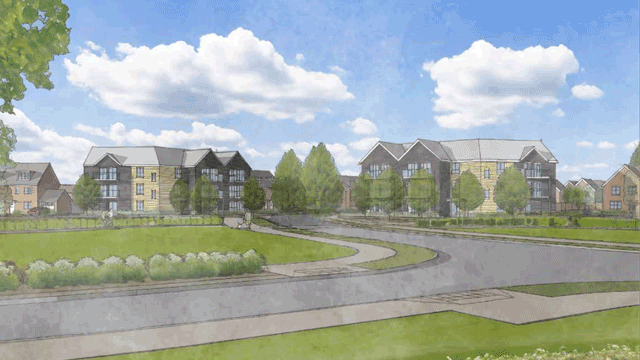COMMENT: While the sun has not been seen all that frequently this summer, we need only look at the wildfires elsewhere in Europe to see the effects of climate change and the very real need to address this issue urgently.
According to the UK Green Building Council, the built environment contributes around 40% of the UK’s total carbon footprint and, despite new buildings being more energy efficient, 80% of the buildings that will be around in 2050 have already been built – making the decarbonising of existing stock a major priority. With momentum gathering for Glasgow’s COP26 conference in November, decarbonisation plans must be encouraged and promoted in the right way to ensure long-lasting change.
Sustainable methods of construction
Many developers (both residential and commercial) have long been incorporating sustainable methods of construction and operation into their developments. In fact, sustainable buildings tend to attract some of the higher rental figures in their respective locations and, while historically this may have been seen in some quarters as a deterrent, it is becoming increasingly clear that attitudes are changing. Corporates now have to meet their own – and their employees’ – decarbonisation ambitions. Once occupiers look beyond the headline rents and consider the full operational costs of a sustainable scheme, they are often surprised; the overall cost can be equal to, or less than, some of the less sustainable alternatives in the market.
Stephen Lewis, managing director of HFD Property Group and vice chair of the Scottish Property Federation, is rightly proud of his company’s longstanding experience of incorporating energy efficiency into its developments. HFD developed the first A-rated EPC building in 2008, produced the first carbon neutral speculative development in 2011, and is now aiming to develop Glasgow’s most sustainable office building at 177 Bothwell Street (pictured). As he puts it: “We have been doing, not just talking, about sustainability for many years, but we recognise the importance of sharing our experiences and learnings in order to encourage other investor/developers to do the same, as well as support occupiers in achieving decarbonisation ambitions.”
If the UK is to achieve its overall net zero goals, it is vital that all stakeholders across the industry collaborate to deliver schemes that are future-proofed and fitted with the right tech to bring about a reduction in emissions. Companies, cities and regions all have their part to play in achieving targets, and the fact that these targets are now publicly available (making parties accountable) shows that progress can be made quickly. Only a few years ago the position was different, with many organisations only paying lip service to the green agenda. And while it would be naïve to say this is not still happening, we are seeing sustainable discussions pushed up the agenda of all organisations, forcing us all to more willingly engage in the debate, not to mention being prepared to pay a green premium.
Not just about the building
There are, of course, challenges to achieving these goals. Future-proofing the infrastructure that leads to and surrounds sustainable buildings will be a key factor in their operational and sustainable success. The rail network, for example, needs to be constructed or adapted to ensure continued operation during predicted rises in summer temperatures and increased rainfall. Given that many cities have existing or planned low emission zones, disruption to public transport and other infrastructure from climate change events will have a negative impact on the economy. There is little point in having net zero offices if they cannot be occupied due to rail tracks overheating or flooding.
The retrofit challenge is seen by many as the biggest to net zero, and is where collaboration across the public and private sectors, along with funders, will be key to ensuring delivery of various government targets. There is a huge amount of waste from construction and demolition, and owners need to be encouraged to extend the lifecycle of buildings and materials for the long-term benefit of the developer and occupier, and for reducing waste levels (which add to carbon emissions). Glasgow City Council’s proposal to use the River Clyde as a renewable energy source to heat up to 50% of the city is an admirable example of innovation.
Reporting and certification
If we are to achieve decarbonisation goals, robust reporting and certification standards must be adopted. Renewable Energy Guarantees of Origin (REGO) certificates already exist, but more education is required to ensure all stakeholders make the correct demands and enquiries of the developer or development they are constructing, funding or occupying. For this to happen, it is vital that organisations with genuine experience of sustainable developments come together to collaborate, share insights and offer support to smaller organisations to ensure consistency and, most importantly, delivery.
Sheelagh Cooley is a partner at Shoosmiths











